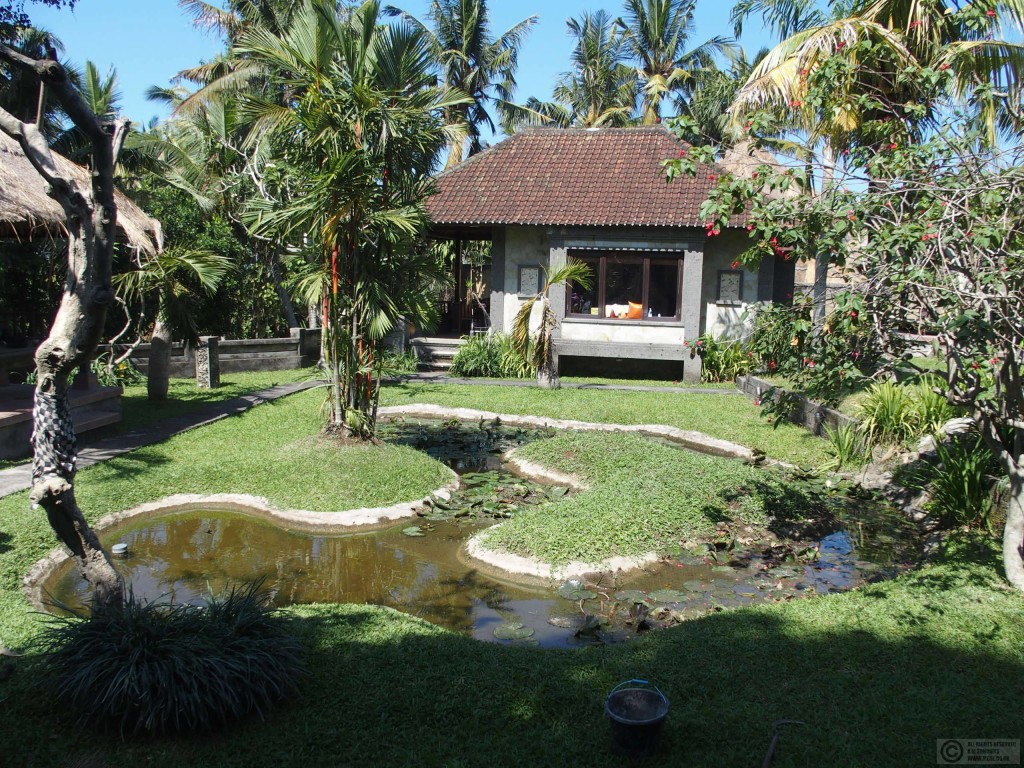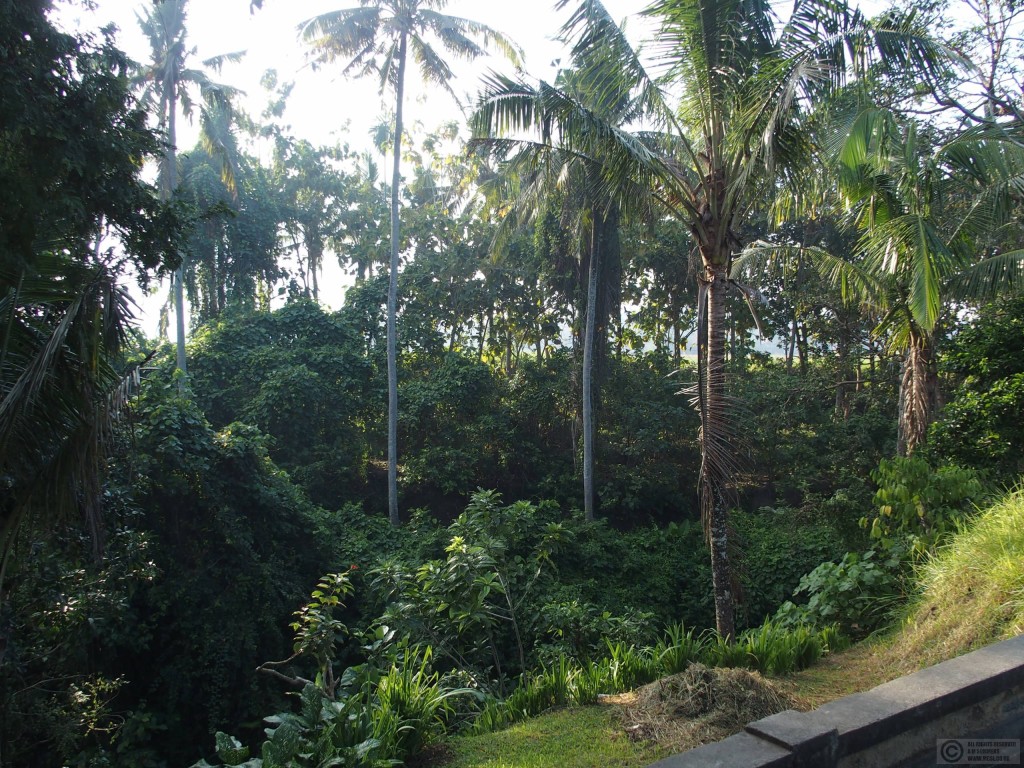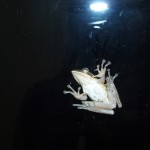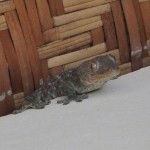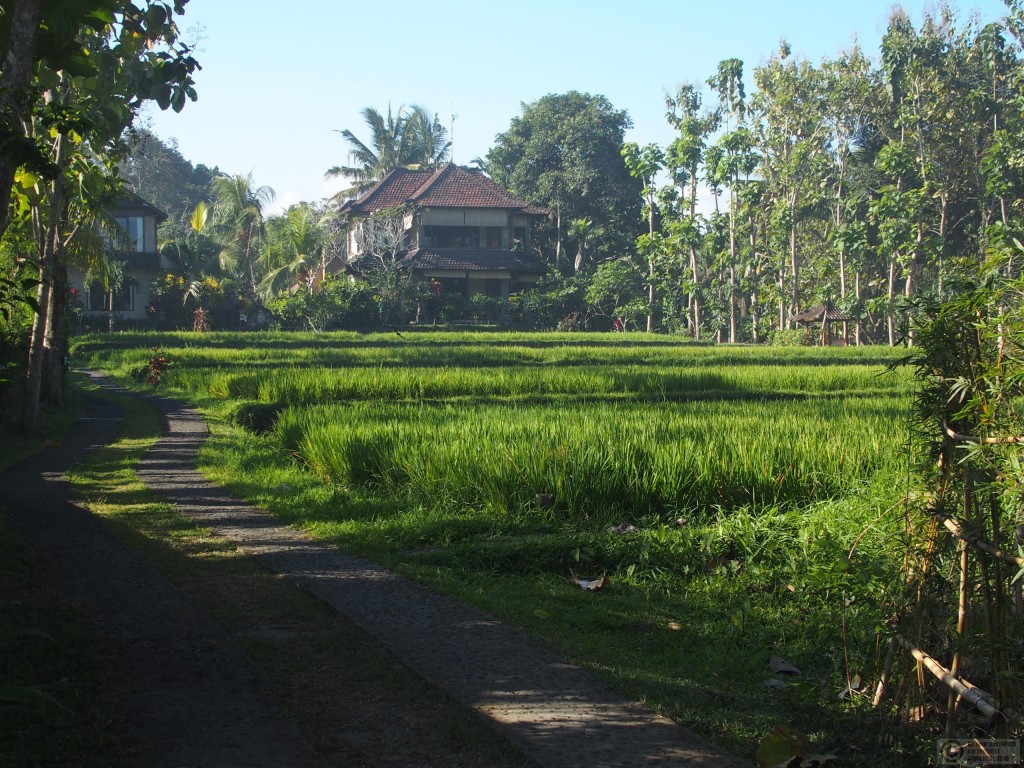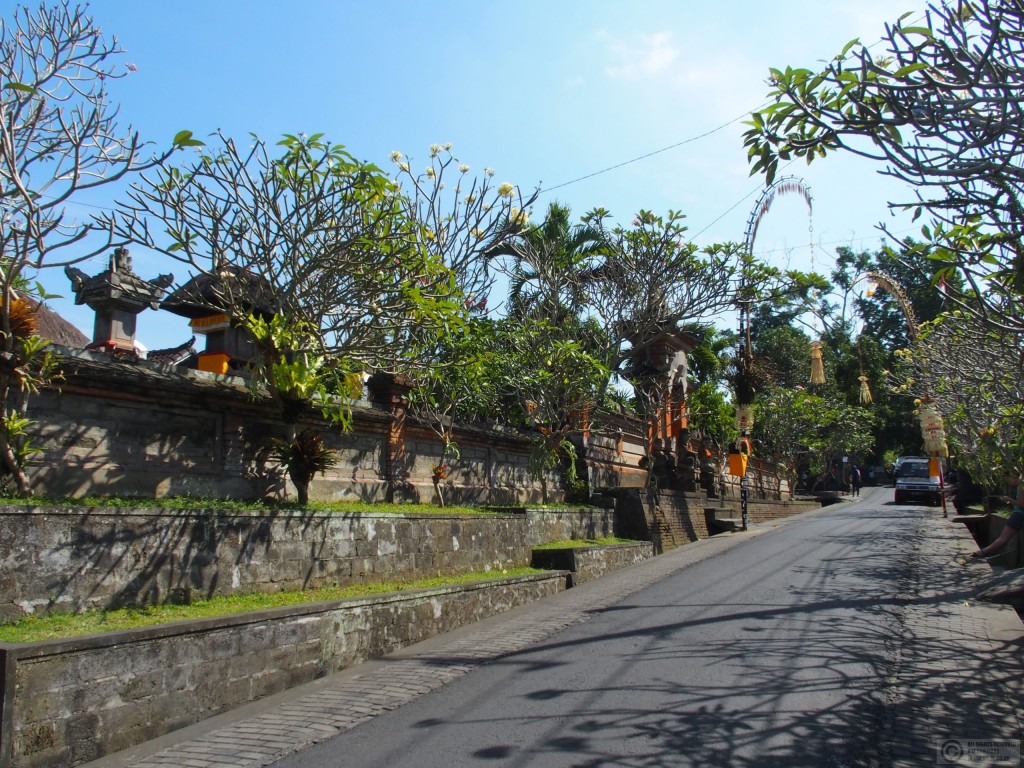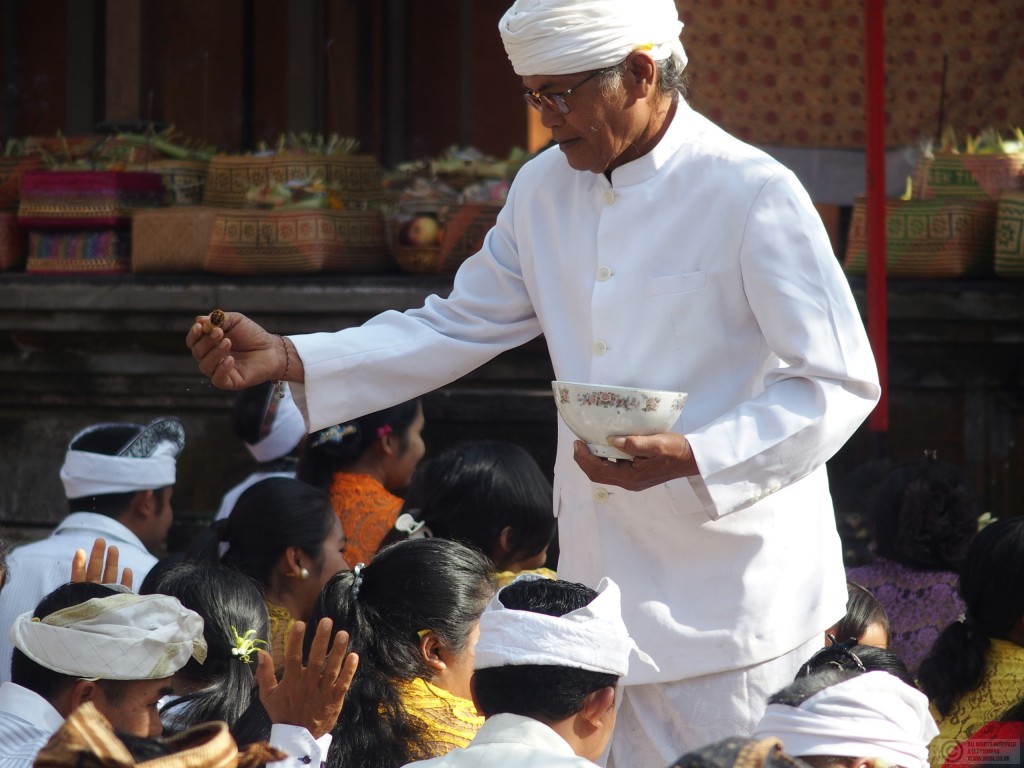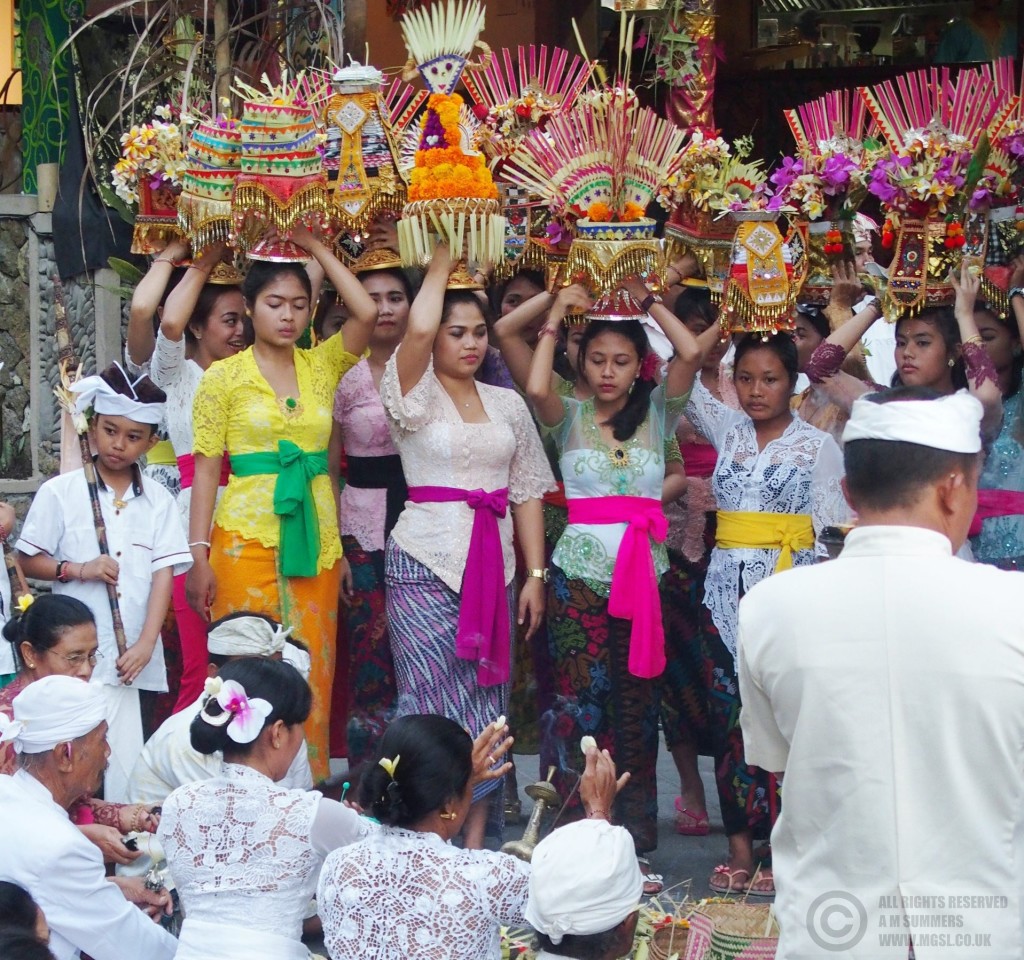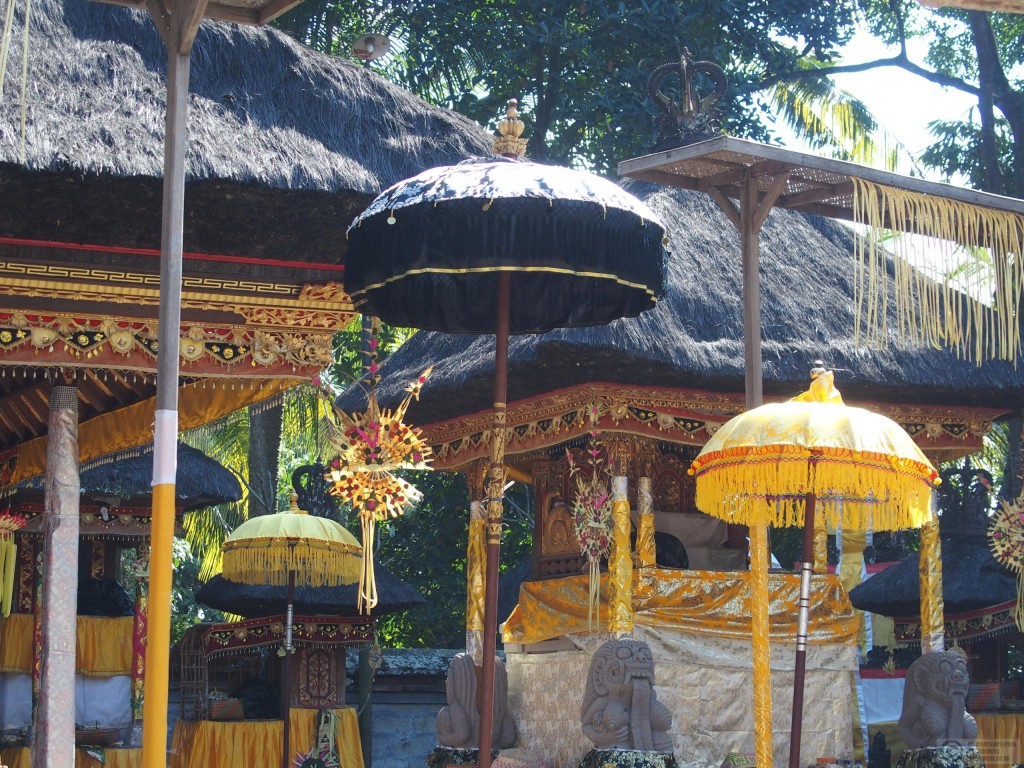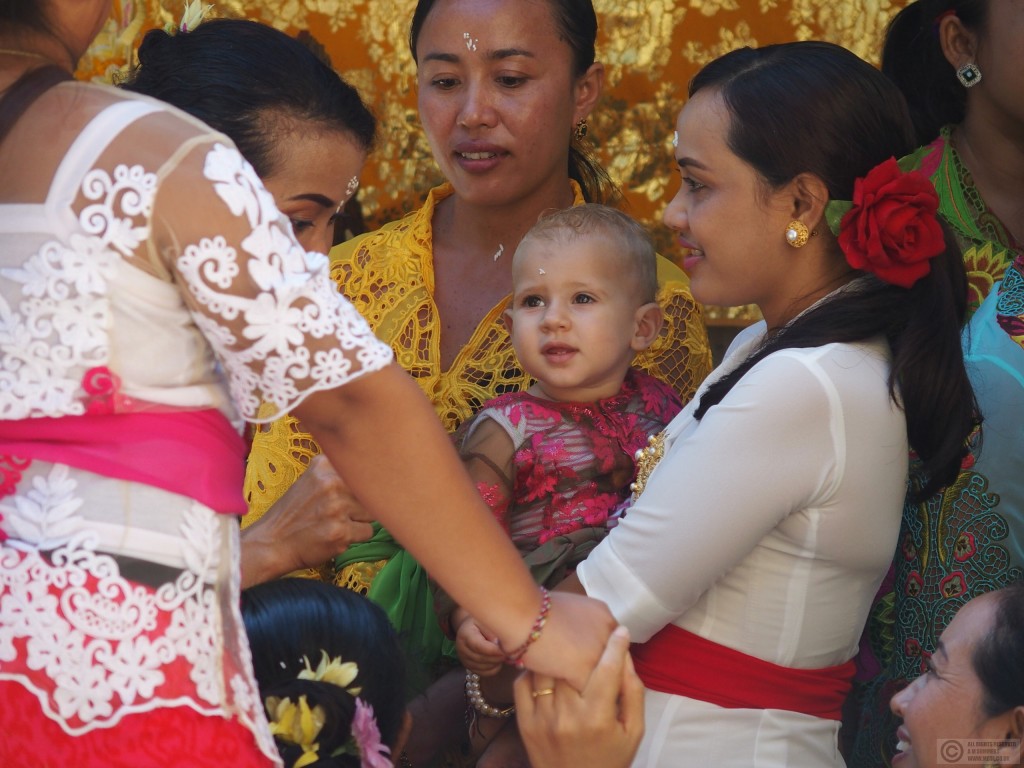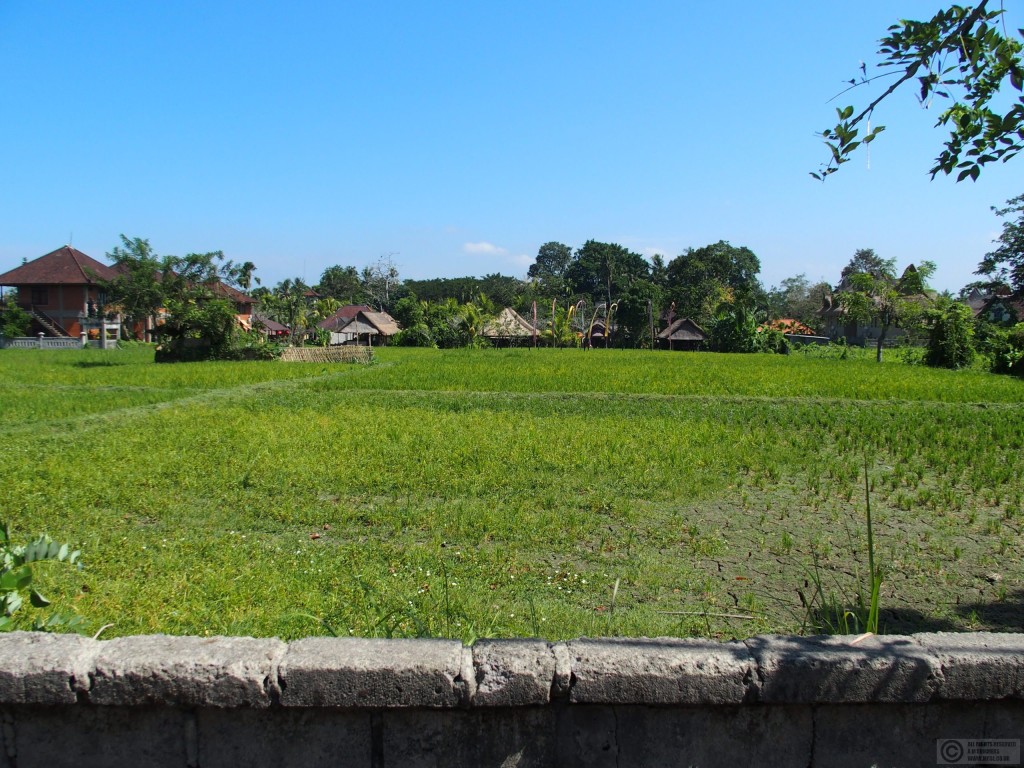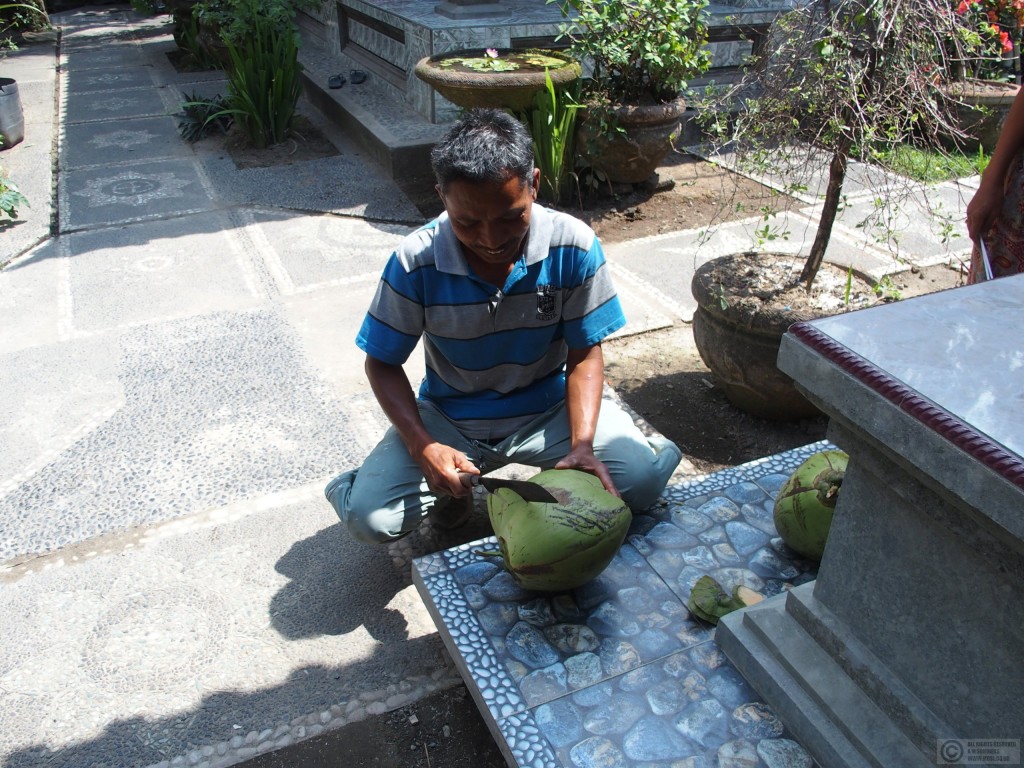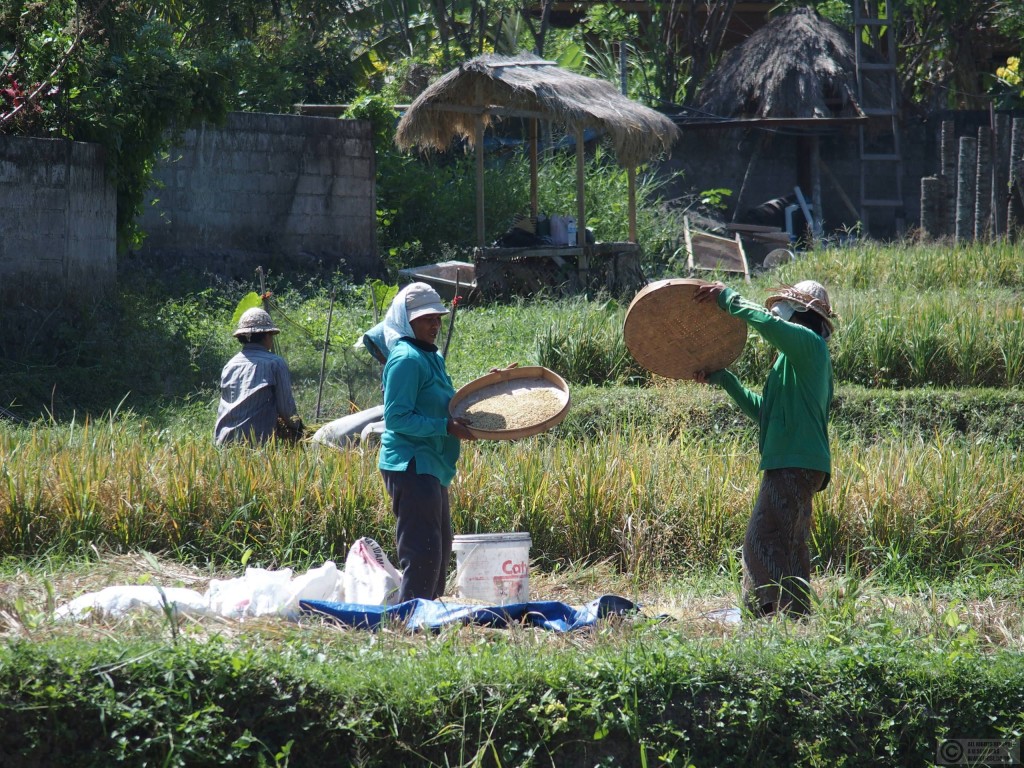The owner of our rental cottage had assured us that the water problem was just a transient phenomenon that happened if the taps were run too much in the dry season – it would just taken an hour or so for the well to refill. But anyway he would arranged for the well to be dug deeper. I was sceptical about this, since it sounded like a major undertaking (but hey, what do I know about well engineering), but when we arrived at the cottage the water was flowing and a pile of fresh earth by the well suggested that an auger had been deployed. We later learned from our neighbours that the “it’ll refill in an hour” promise had been a complete lie, and the water was actually off for 5 days. Fortunately for Wesam and Jessica, who had been occupying the other cottage for several months, they ran a hotel to which they had been able to decamp. But, as it turned out, we had no problems with the water and never had to resort to the jerry can that we bought and kept on standby
No, our biggest problems for most of our stay were the monkeys and the WiFi.
Living in close proximity to large numbers of macaques was an interesting experience which I’ve covered in a separate post. Let’s just say that I would have preferred them to stay in the Monkey Forest.
The WiFi was abysmal. The fact that it was working when we viewed the property was a complete fluke, because it never worked for more than a few seconds at a time during the day, and was patchy during the evening. We took to going online early in the morning and staying up very late to get anything done to our respective blogs – it was a good thing I’d done most of the arrangements and research for Australia in Bangkok. With no TV either, our book and film/TV library really proved it’s worth. And there was wildlife other than monkeys to watch.
- Tree frog
- Water monitor
- Ratsnake
- Tokay
Cooking took up quite a bit of our time too. We knew it was going to be a challenge as the kitchen facilities consisted of a fridge freezer, an incredibly slow electric kettle, and a single gas ring. But there was a frying pan and a large and a small saucepan, so we managed – it just meant a lot of swapping pans in order to serve up a meal with everything reasonably hot.
After one initial trip by taxi to Delta Dewata, the largest and cheapest of Ubud’s three supermarkets, we made do with frequent walks to Coco’s to fill our small rucksacks (plastic carrier bags being prone to monkey attack). Cooking was much harder work than it had been at other rentals so we did go out for lunch quite often. Luckily a brand new place had opened just around the corner on the day we moved in – Warung U’Maya served up food at rock bottom warung prices in an upmarket setting (flowers on the scrubbed wood tables and little wicker caps on the elegant water glasses), and we even got to be the guinea pigs for their mocktail recipes. Or we’d go into Ubud, which probably has the best food in Bali, and perhaps call in on Connie and Febry for a cup of Koman’s Bali coffee.
But apart from the monkeys, dodgy WiFi and cooking limitations, we really liked the place. Nyuh Kuning village was much quieter than Penestanan – its main road only goes to the little used south entrance to the Monkey Forest, and the villagers discourage cars by imposing a Rp2,000 toll at the turn off from the main road. Scooters use the path to Ubud as a rat run, but that will soon be stopped as the villagers have voted to erect a barrier. Although there are hotels and plenty of guest houses, they are mostly housed in traditional Balinese buildings, and the sleepy, frangipani lined streets are immaculately swept. Tourism in Nyuh Kuning received a boost when it featured in the film “Eat, Pray, Love”, so it has more yoga studios than is reasonable for a village of its size, but it still feels authentically Balinese
The festival of Kuningan took place soon after our arrival. Dressed in sarongs (and a borrowed udeng, or head cloth, for Mr V) we accompanied Wesam, Jessica and their little daughter Jade to the village temple. Traditional dress is required at temples in Bali, and in any case the Balinese seem happy to wear it. The women’s outfit is both pretty and elegant – a bright, fitted lace blouse over a sarong, with a colourful sash and flowers in their hair. But only the sarong and sash is compulsory (and an udeng for the men), so our outfits were acceptable.
Because they ran a business, Wesam and Jessica knew many of the villagers well, and Jade was passed around and fussed over by dozens of people – at one point she was taken home by someone, only to appear later, when we were at another temple, in the company of someone else. With a local childminder, she will grow up speaking Arabic, French, English and Indonesian, and with no fear of strangers. When Jessica needed to return to their hotel to check out a guest because the receptionist had failed to turn up, half a dozen hands proffered scooter keys. It seemed to be a lovely community.
The weather was perfect for most of the time. At 200m Ubud is hardly a mountain village, but it was distinctly cooler than on the coast, with daytime temperatures in the high 20s. Warm, but not like the punishing heat of Bangkok. We’d had air conditioning in the City Hotel but had never bothered to turn it on, and the cottage’s two fans were all we needed. For most of our stay the sun shone, but when the rain did come it was the typical tropical kind – a heavy downpour that didn’t last too long. Just long enough to fill up the dwindling pond, much to the delight of the frog population, and find the spots in the cottage roof where the constant pounding of monkey feet had taken its toll – luckily we were able to move the bed to a dry area.
Even the earthquakes were benign. I’d expected to feel at least one minor tremor when we were in Japan, and was almost disappointed when the region’s famous seismicity failed even to twitch. I was sitting at the desk in the cottage when my chair started to vibrate, and it took a few seconds for it to register what was happening. The movement lasted a good 30 seconds and I could feel it mostly through my feet, but for 2 or 3 seconds it was strong enough to make things on the table rattle. The second one, a couple of weeks later, was very short. It was an odd sensation – like being in an elevator that doesn’t operate smoothly and judders a bit.
We were due to move base to Sanur on the Monday and had an invitation to lunch at our friend Made’s house on the Sunday. Made owned the next house along from the cottages – it was rented out long term but the tenant was away, so Made came around almost every morning to check for monkey damage and stop for a chat. He lived with his wife, children and an assortment of other relatives in a traditional family compound on the other side of the village. As he had spent some time in Europe his English was very good, so our conversations could go beyond the few questions about job and family that have so often been the limit of our encounters with local people. So on Saturday we went for a final lunch at Waring U’Maya, then walked home the long way round via the main road so that we could find out how much a taxi to Sanur was going to cost. Then back along the footpath that took us alongside ricefields, where the harvest had just begun, and past the building site that will eventually be Wesam and Jessica’s beautiful new house. We pushed open the wooden doors in our garden wall and, after a quick check for lurking monkeys (they don’t like surprises), proceeded to our cottage.
And that’s when our Bali idyll came crashing down.


